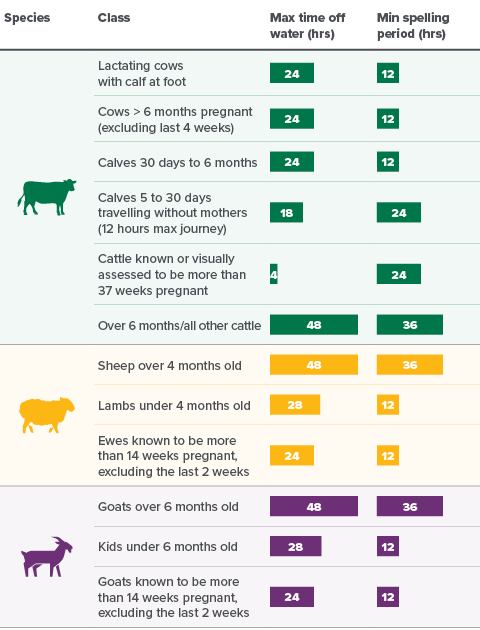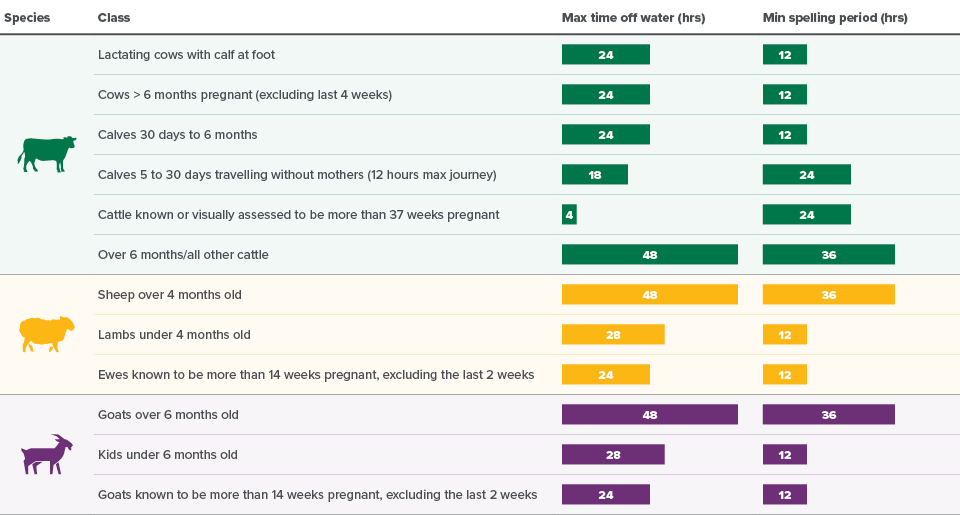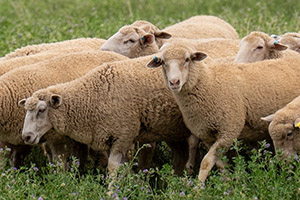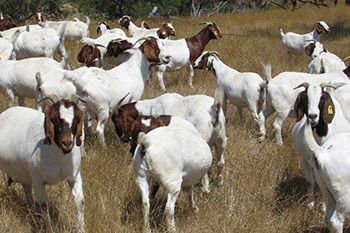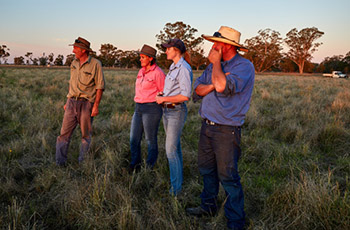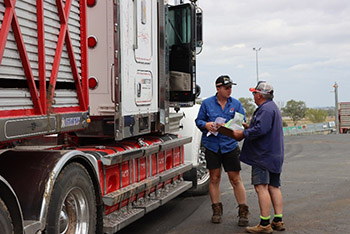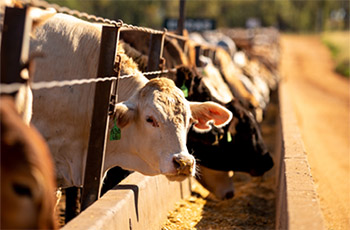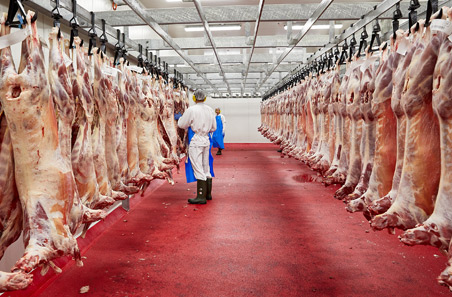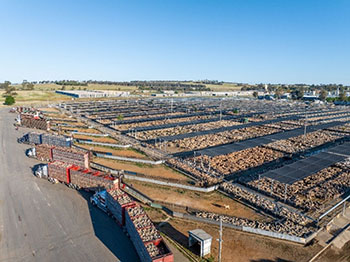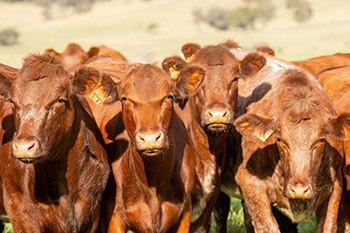

Preparing livestock for transport checklist
Successful livestock transport comes down to good preparation. MLA has compiled this checklist to help you follow best practice.
Top tips for livestock transport
Case studies
On the ground and on the road – hear from those involved in a wide range of roles within the livestock transport industry.

Truck driver John Matthewson is no stranger to the red meat industry. He's now a producer and owner of livestock transport company BeefTrans.
 New England, NSW
New England, NSW

A single source of resources and best practice advice related to preparation for livestock transport in Australia.

When unprepared, the change in climate and feed, as well as shock from travel, can cause a lag in growth and weight loss in cattle. For producers like Sean D’Arcy from the Gascoyne region, it’s taken years of work to ensure this doesn’t negatively impact productivity and profitability.
 Gascoyne, WA
Gascoyne, WA

Alex McGorman created the ‘Crap Loading Ramps Australia’ Facebook group to drive important change around animal welfare and on-farm safety.
 Sanderston, SA
Sanderston, SA
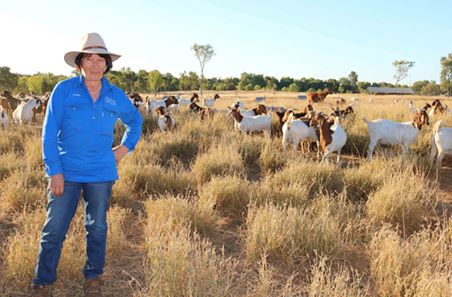
Taking time to familiarise weaner goats with handling, loading and transport can pay dividends, according to Queensland grazier Glenda Henry.
 Emerald, Qld
Emerald, Qld
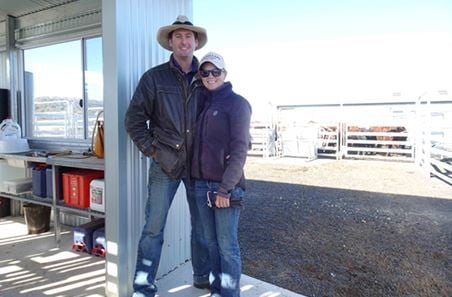
For beef and wool producer Greg Wright and his wife Joanne, maintaining good relationships with carriers and preparing according to livestock type are important considerations for transport.
 Glencoe, NSW
Glencoe, NSW
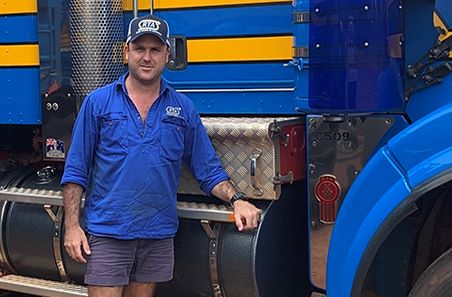
As one of Australia's largest transport companies, RTA says communication and timing are key when carting cattle.
 Darwin, NT
Darwin, NT

Alina Hawkins from the Livestock and Rural Transporters Association of Victoria provides her top tips for producers in the 48 hours before loading livestock.
 Echuca, VIC
Echuca, VIC
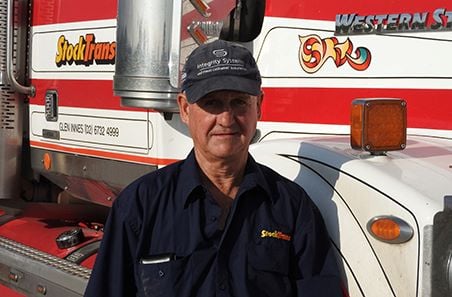
With 58 logbooks under his belt Graham Sharman says transporting livestock comes down to good preparation.
 Glen Innes, NSW
Glen Innes, NSW
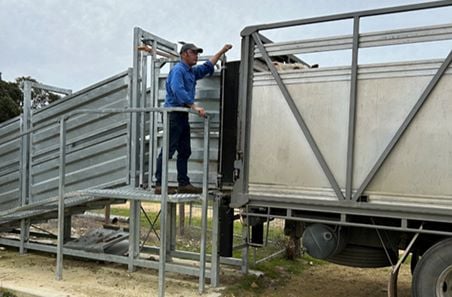
When buying stud bulls and rams, Lachy Day says preparing for the journey home can help to minimise stress, optimise fertility and keep the animals in the best condition for working.
 Bordertown, SA
Bordertown, SA
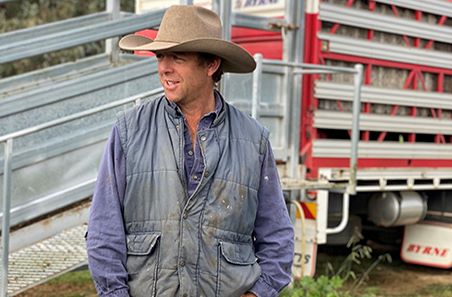
New England beef producer Lock Rogers discusses how good preparation keeps cattle in condition for transport.
 Wongwibinda, NSW
Wongwibinda, NSW
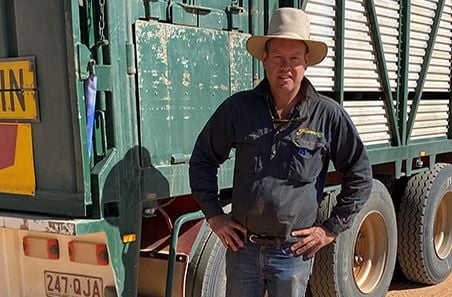
Athol talks about how the livestock industry can work together to meet consumer expectations.
 Rockhampton, Qld
Rockhampton, Qld
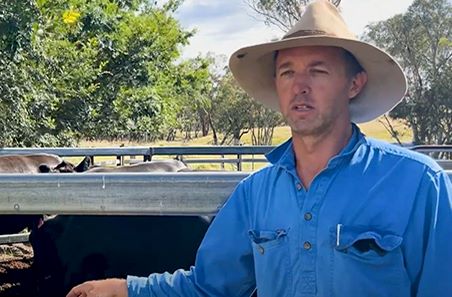
Carting heavy cows 13 hours in the drought Jim discussed preparation with his driver and had no issues in transport.
 Binnaway, NSW
Binnaway, NSW

Rick uses data he has collected to demonstrate the cost of poor stock handling on animal health and the bottom line.
 Wainui, Qld
Wainui, Qld
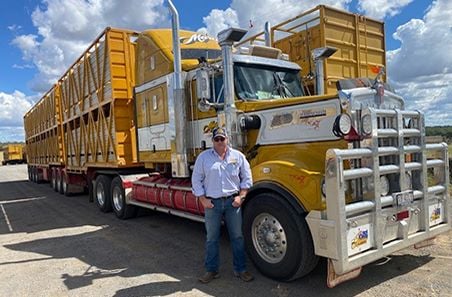
Adam discusses how to preserve the quality of livestock in transport.
 Mt Tabor, Qld
Mt Tabor, Qld
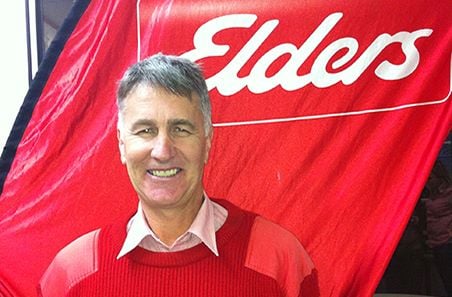
Rob Inglis says Elders Feeder Ready program supports producers to set weaner cattle on the path to productivity.
 Wagga Wagga, NSW
Wagga Wagga, NSW
Loading densities table


Information tailored to you
Everyone in the red meat supply chain plays a role in safe, humane livestock transport. Find information below to help you play your part.
For information on transporting other species, visit the Australian Animal Welfare Standards and Guidelines Land Transport of Livestock.
Industry vision
By 2028, all players in the Australian livestock industry will know and act on their livestock transport responsibilities to achieve world-class outcomes for livestock and supply chain partners, with data to back it up.
Knowing your responsibilities
Under Australian law, there is a chain of responsibility for livestock welfare that needs to be adhered to. In the chain of responsibility, the producer, or their representative, is the consignor.
The chain of responsibility for livestock welfare in the transport process includes:
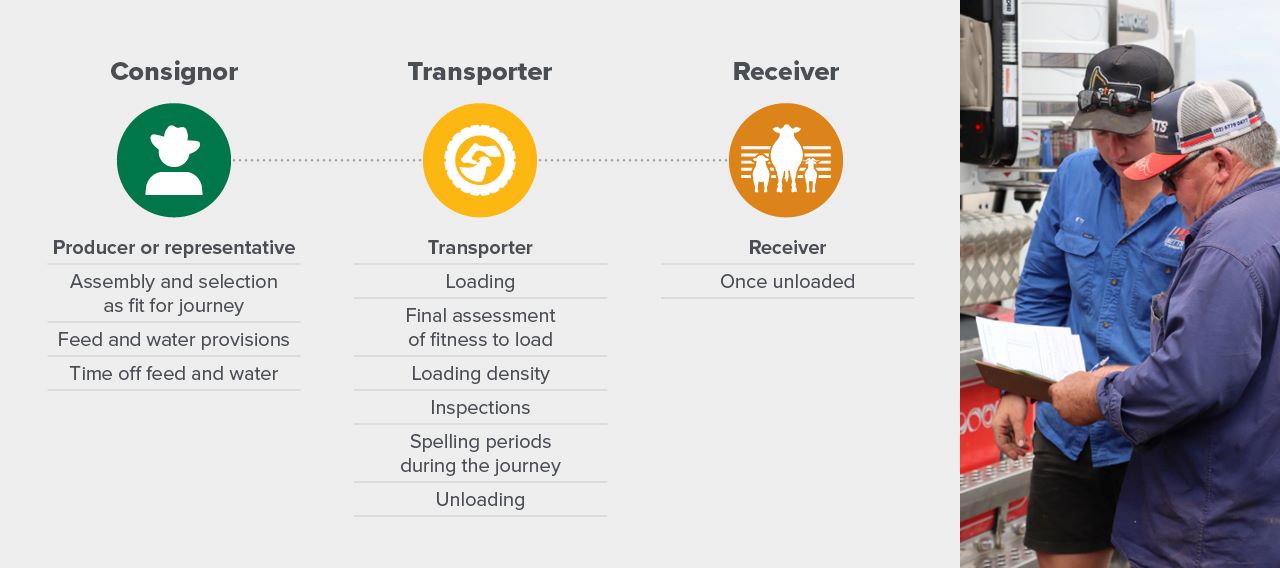
Livestock transport regulatory advice
National Heavy Vehicle Regulator Livestock transport roles and responsibilities
Understand your requirements in the chain of responsibility when transporting livestock by road with the Livestock Regulatory Advice
Time off water and spelling periods
